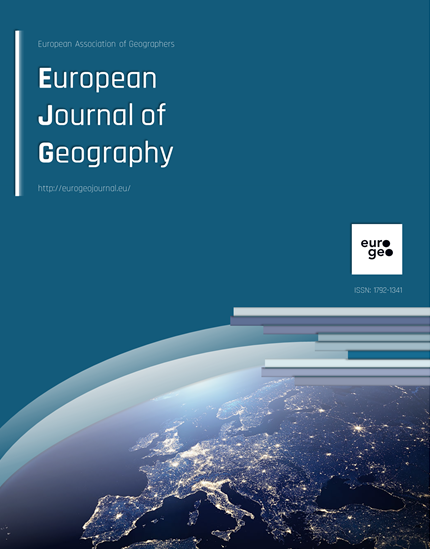Population change and land use dynamics: A case study of Paschim Medinipur district, West Bengal, India
Published 2019-01-15
Keywords
- Land use, Land use dynamics, Conversion, Population pressure, Remote Sensing and GIS
How to Cite
Abstract
Land is one of the most remarkable natural resources and land use is the conversion of the biophysical traits of land by several human activities. In developing nations like India, due to incessantly growing pressure of population on the restricted available land resources, land uses have been sculpted and changed over time and space. In Paschim Medinipur, human population has increased by 86.42% that coupled with economic growth has resulted in significant land use changes during 1971-2011. In this study, researcher has incorporated Survey of India (SOI) topographical maps, remote sensing dataset (IRS P6 LISS-III image) and existing inventory datasets to generate land use datasets during 1971–2011. Results have shown that a significant losses of forests and arable land (-2.71% and -16.51%) have occurred during the study period. In contrast to forests and arable land, other uncultivated land excluding fallow land and area not available for cultivation have increased (16.24% and 24.68%). The spatio-temporal analysis of land use dynamics by Remote sensing and GIS and statistical evidences by significant correlations between population change and land use change derived from this study would help to enhance our understanding of the impact of population change on land use dynamics

